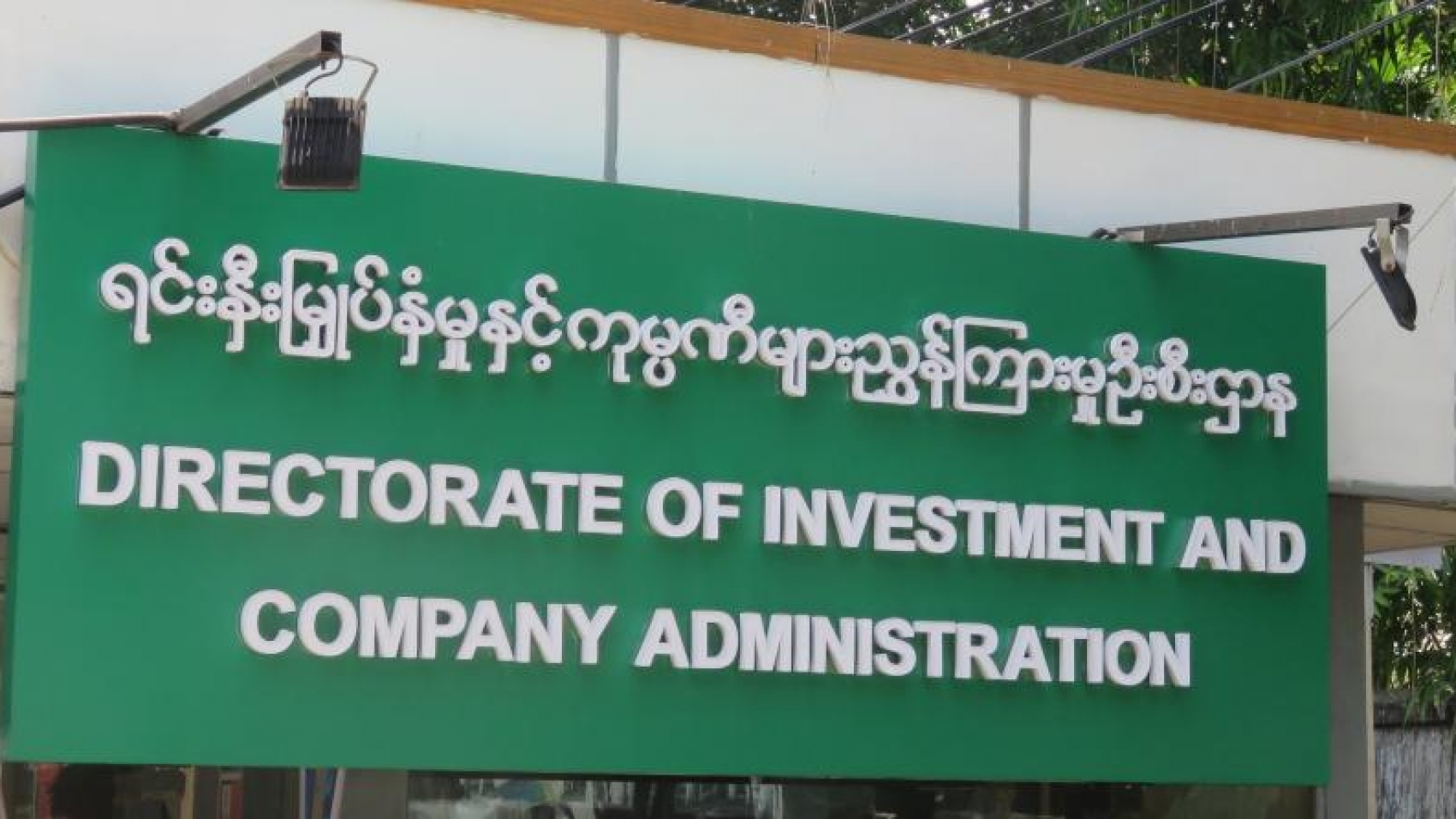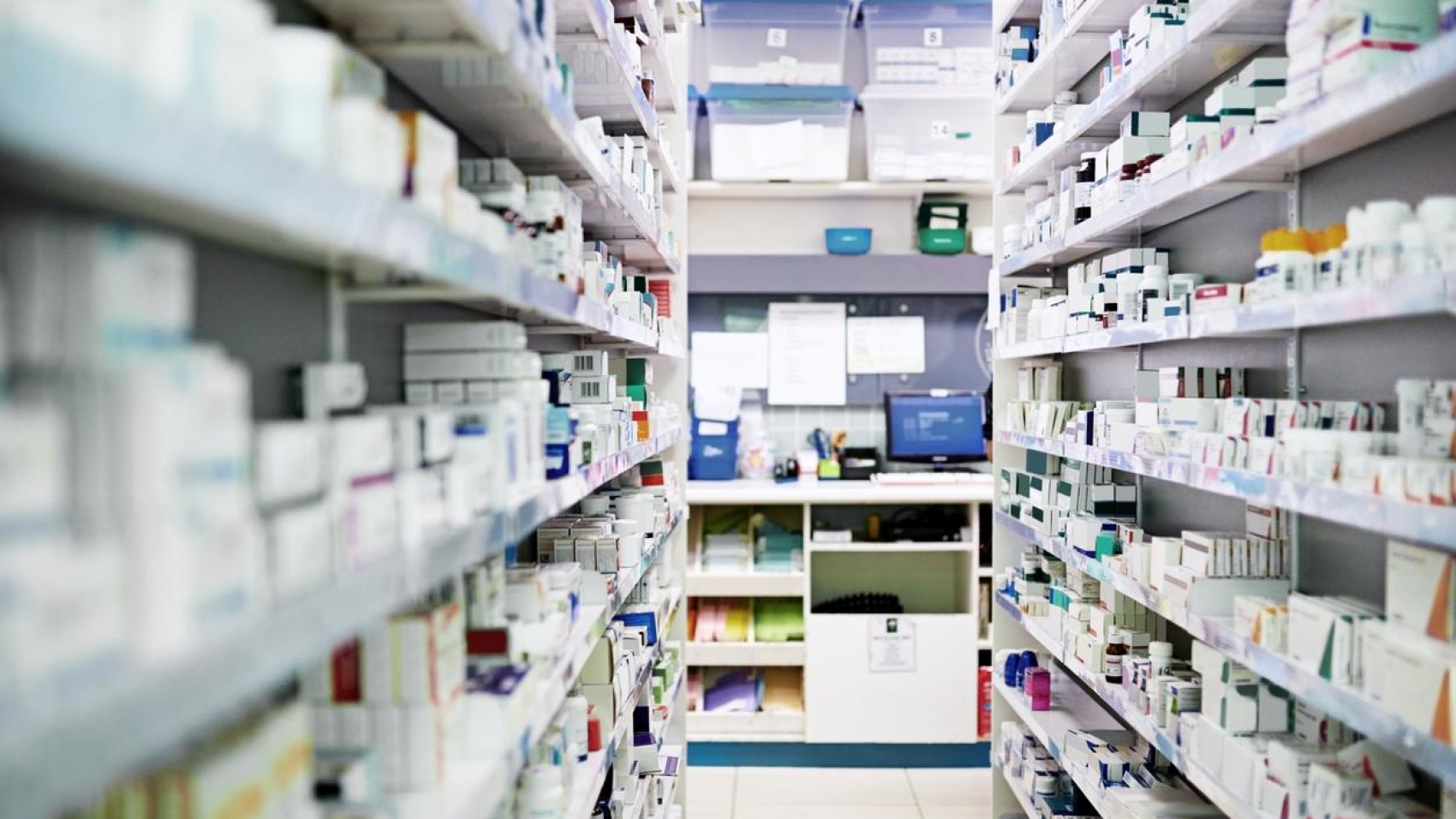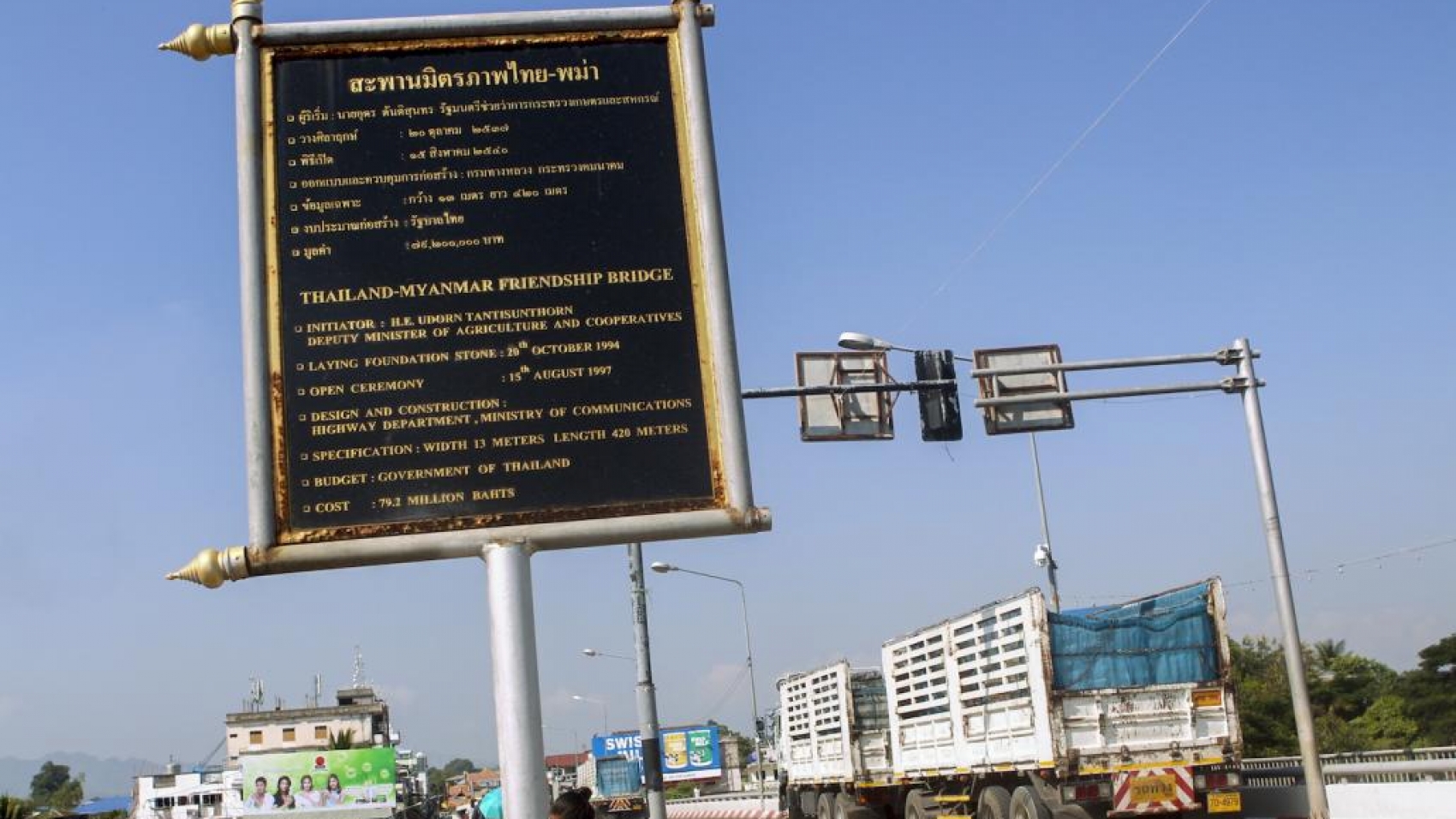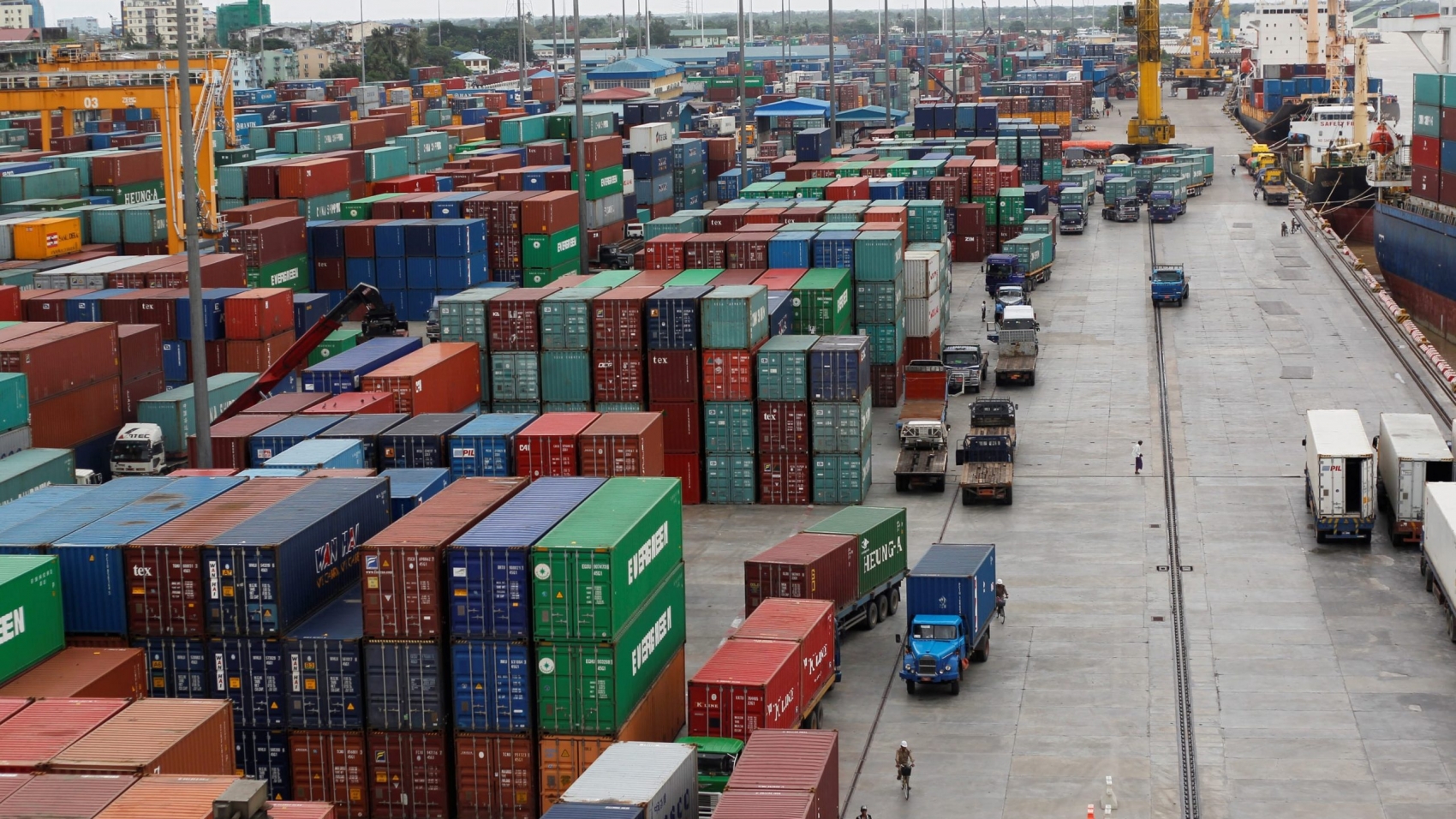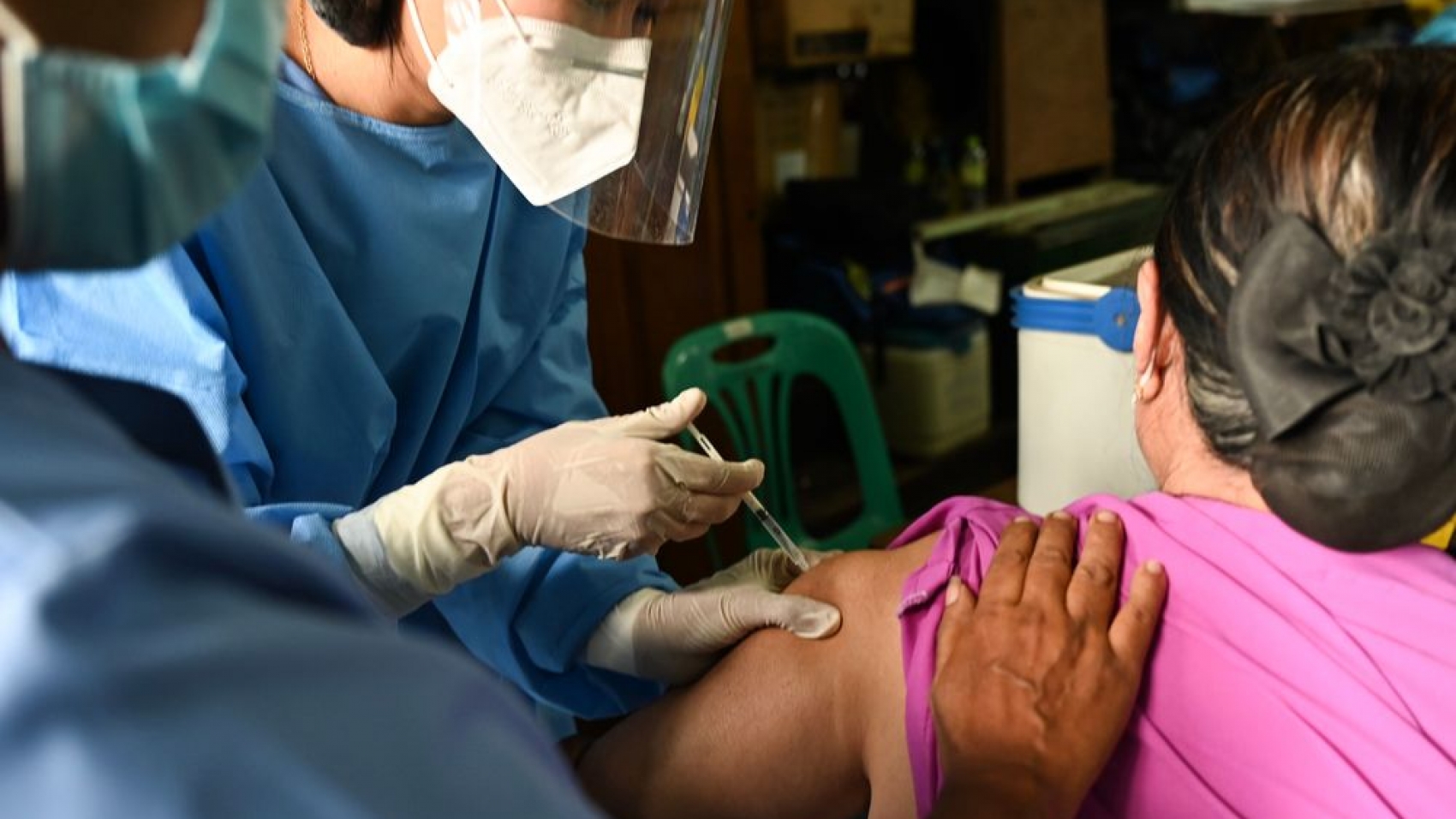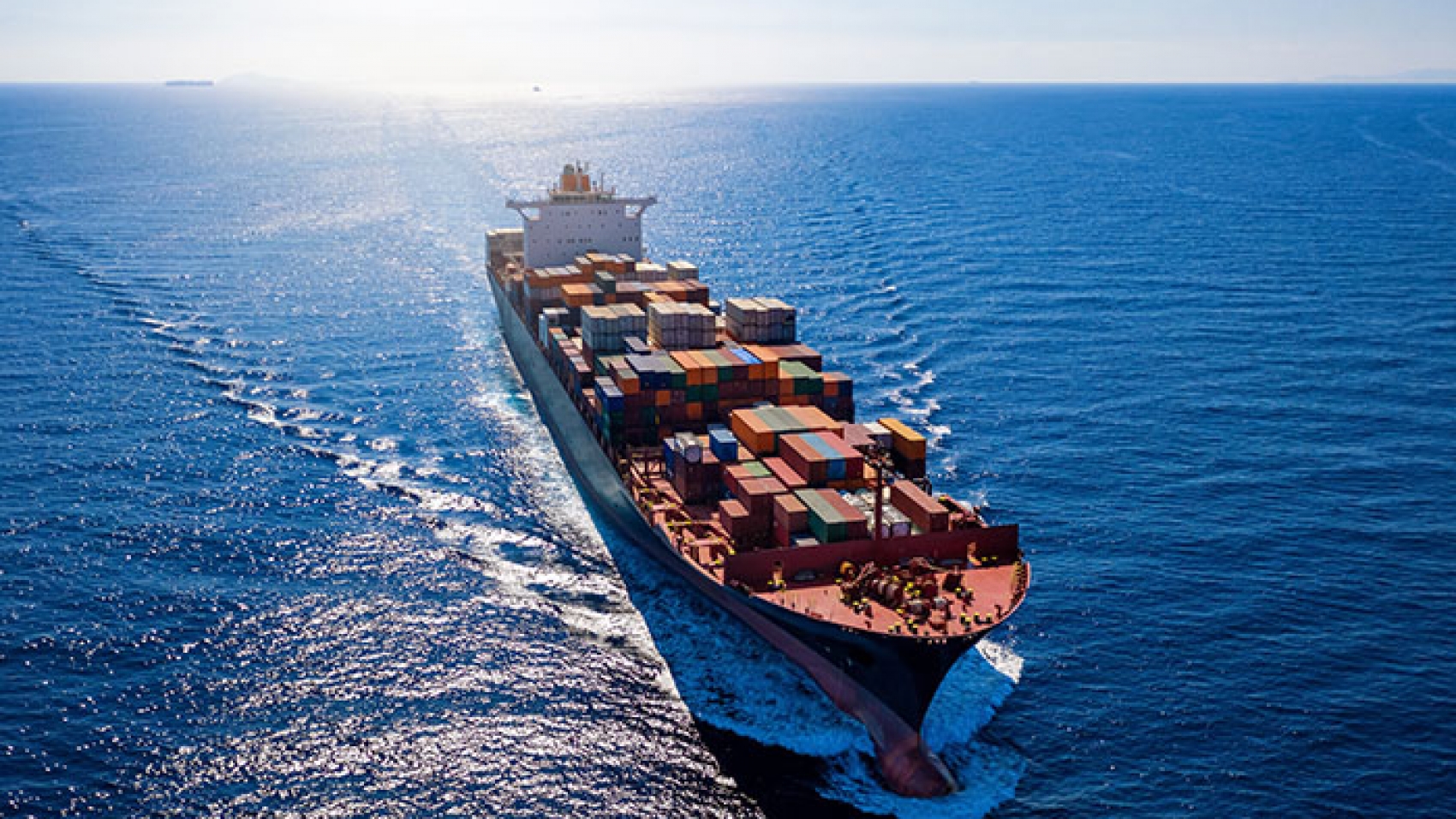The global dollar index hit around 92 points on September 7 and the foreign exchange rate in the domestic market was around 1,900 kyats per dollar, according to foreign currency traders. At local foreign exchange counters, the price is around US $ 1,725, but in the real world market it is around US $ 1,880 to US $ 1,900. The global dollar index, the highest in six months, hit 91.59 points in February. 90.93 points in March; 90.93 points in April; 91.92 points in May; 90.92 points in June; In July, it was around 91.92 points.
In January 2021, the lowest and highest monthly exchange rates in the domestic market were 1333-1355 kyats. In February, it was 1340-1475 kyats. The lowest and highest monthly foreign exchange rates in the domestic market were 1297-1340 kyats in October 2020; In November 1306-1327 kyats; In December 1326-1405 kyats; In January 2021, it was 1333-1355 kyats. In February, it was 1340-1475 kyats. On September 7, 2021, the exchange rates of other foreign currencies in the domestic market were Euro 1990 kyats; S $ 1,300; Malaysian Ringgit 398 Kyats Thai Baht 55.
On August 12, 2021, the Central Bank of Myanmar sold another 2.5 million dollars at a foreign exchange auction, with the average exchange rate for the auction being 1,650 kyats per dollar, according to the Central Bank of Myanmar. In August, $ 3 million was auctioned off in a foreign exchange auction. $ 3 million on August 3; $ 4 million on August 4; $ 9.5 million on August 9; It sold for $ 2.5 million on August 12. Exchange rate fluctuations happen in the short term.
The central bank is launching a foreign exchange auction to reduce inflation and increase foreign reserves. The central bank aims to increase its exchange rate volatility in the short term. A rule-based foreign exchange auction is underway to reduce inflation and implement the state’s two-pronged foreign exchange reserve. The rules for Central Bank Bidding Instructions have been set out and in accordance with these rules and regulations buying and selling process are carried out by Authorized Dealer (AD) Banks, which are foreign currency trading bidders participating in the foreign currency auction, 19 local private banks and 13 foreign bank branches.
Source: Daily Eleven

